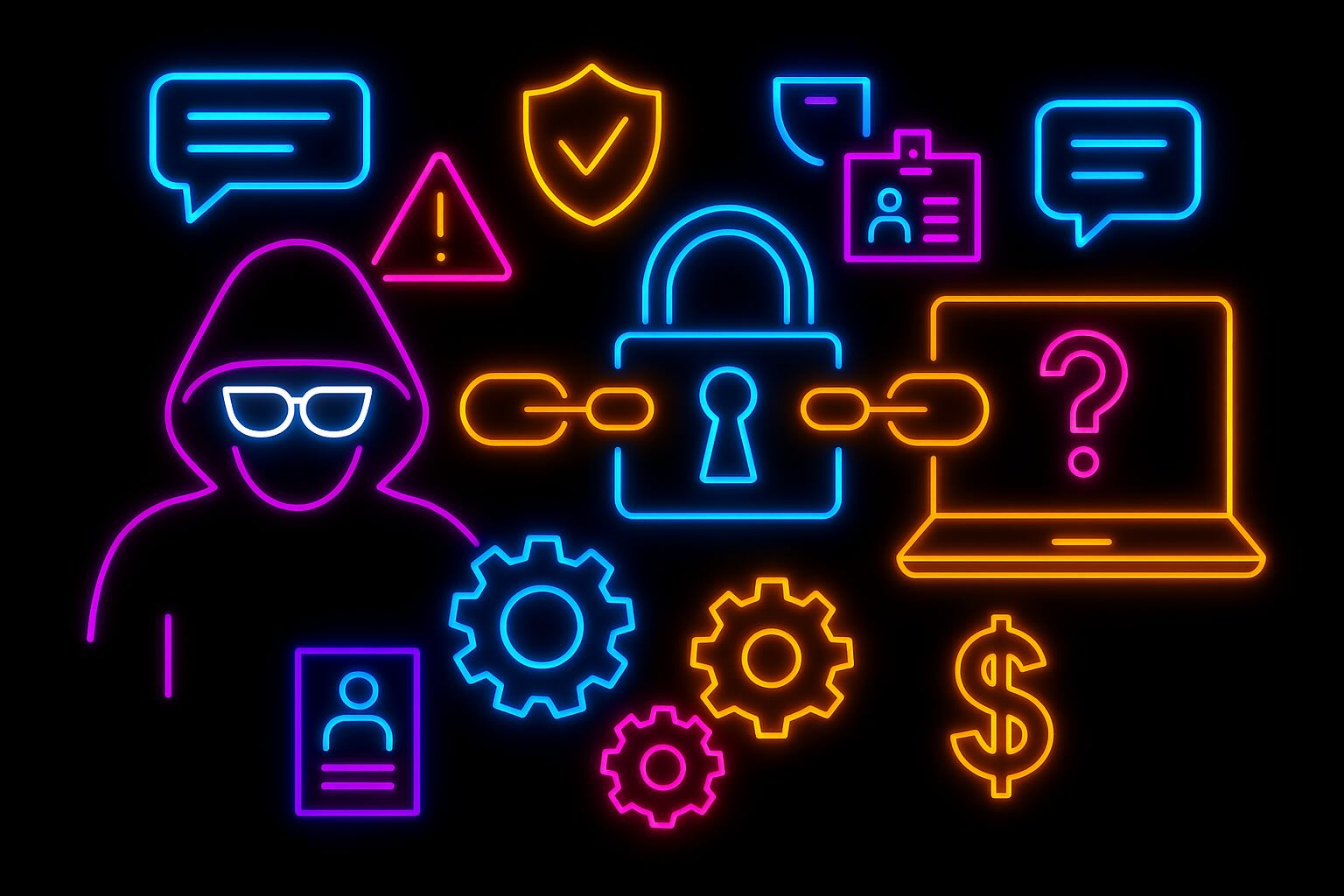
How it works: “Send 0.1, get 0.2 back.” Funds go one way. Scammers use livestreams, reply chains under big accounts, and cloned profiles to stage gratitude and fake transactions, then funnel you to deposit addresses or “claim” pages that take approvals.
Spot it
What to do
How It Plays Out
The spectacle is calibrated to your pulse. A “celebration stream” sits on a cloned channel with the right banner, last week’s thumbnail, and a ticker that never quite reaches zero. The chat races with engraved-looking TXIDs and gratitude (“sent 0.2, got 0.4!”) posted by a ring of freshly created accounts. A QR code in the lower-third points to brand-bonus[.]live—close enough to feel official, far enough to be theirs.
You scan. The page borrows fonts and colors from the real brand and offers one action: Claim. Your wallet opens—not for a message, but for an approval that grants a contract permission to move your tokens. The function name is technical camouflage (setApprovalForAll, increaseAllowance); the UI calls it “enable bonus.” You hesitate and hit Reject.
The flow pivots: “No gas? Verify ownership: send 0.05 and we’ll auto-return double.” A side panel shows “recent payouts” that, when clicked, resolve to a hot wallet unrelated to you. If you post a skeptical comment in chat, it never appears; the chat is playback, not conversation. On the official channel in another tab, there’s no mention of a giveaway—no cross-post, no pinned tweet, just silence where a real campaign would be loud.
If you already connected, treat it as exposure. Move funds to a fresh wallet from a clean device. Use an approval viewer to revoke allowances for the contracts you touched. If you sent coins, there’s no recall; collect evidence (URL, handle, TX hashes, screen recording) and report the domain to the registrar and the platform to blunt the blast radius. Then turn your reflex into a rule: if it isn’t announced on the official site or verified socials you’ve bookmarked, it doesn’t exist.
Pocket anchors: Money doesn’t replicate by screenshot. If it needs you first, it doesn’t come back. Claims don’t need control of your tokens.